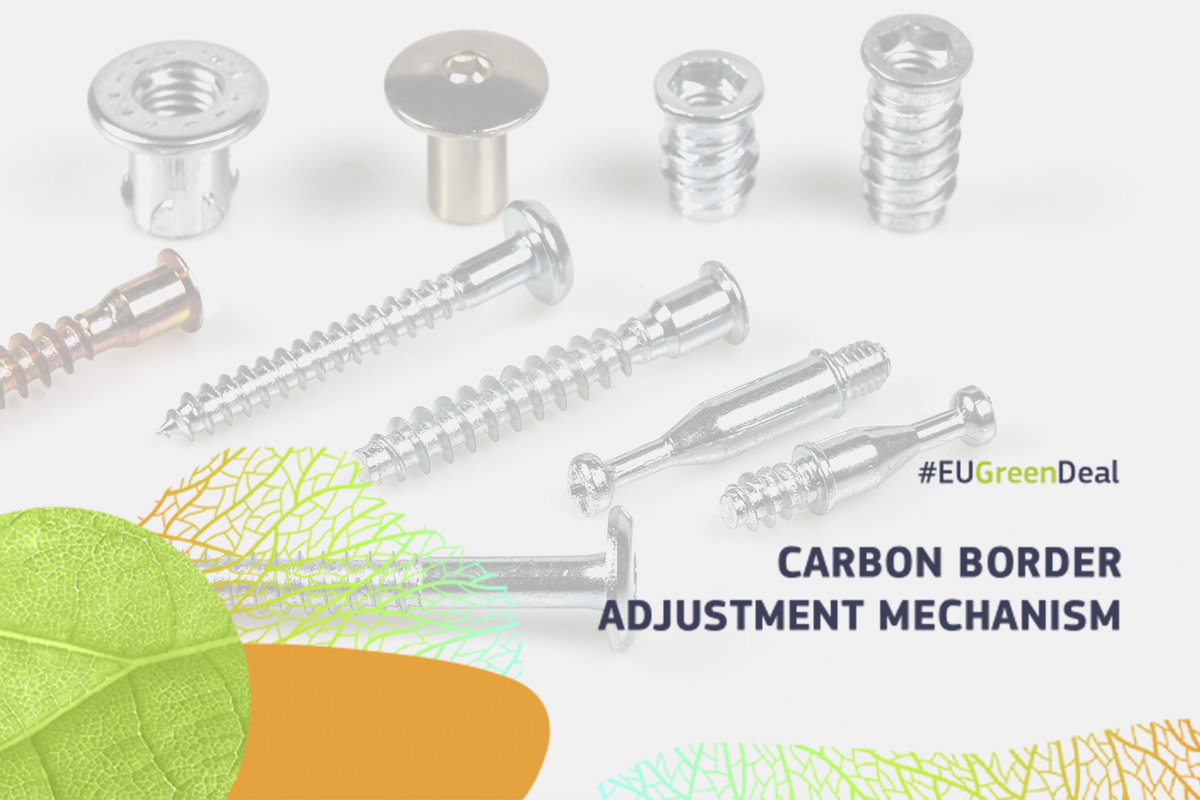The CBAM (Carbon Border Adjustment Mechanism) - also known as the carbon border adjustment mechanism - is a new environmental tax aimed at ensuring that the efforts to reduce greenhouse gas emissions within the EU are not counteracted by a concurrent increase in emissions outside its borders for goods produced in non-EU countries that are imported into the European Union.
In practice, it involves applying a price to the emissions embedded in products from certain types of industries, comparable to that borne by EU producers under the current emissions trading system (EU ETS). In this perspective, the CBAM represents an essential element of the European Green Deal, which includes the "Fit for 55" proposals aimed at reducing greenhouse gas emissions by at least 55% by 2030 compared to 1990 levels and achieving climate neutrality by 2050.
The CBAM covers goods at high risk of carbon leakage such as iron, steel, cement, fertilizers, aluminum, and other elements like screws and bolts. It will apply in parallel with the EU's emissions trading system (EU ETS) and will initially consider only the direct emissions from steel production.
The "transitional" phase began on the date the Regulation came into force (October 1, 2023) and will end on December 31, 2025: the tax will not be applied to imported goods, but information on the quantities of incoming products subject to the CBAM will be collected, including the assessment of embedded emissions. At the same time, the authorization activity of the obligated parties by the national competent authorities will begin (in Italy, this is based at the Ministry of Environment and Energy Security).
The definitive phase starts on January 1, 2026: the first CBAM declaration, concerning goods imported in 2026, must be submitted by May 31, 2027.
During the transition phase, importers must collect and report carbon data, while from 2026 onwards they will be required to purchase CBAM certificates corresponding to the carbon price that would have been paid under EU rules. Importers must also prepare to calculate the carbon emissions of their steel imports using the EU Commission's methodology and comply with reporting rules to avoid fines.
The EU intends to use the revenues from CBAM tariffs to support the transition to low-emission production processes.


